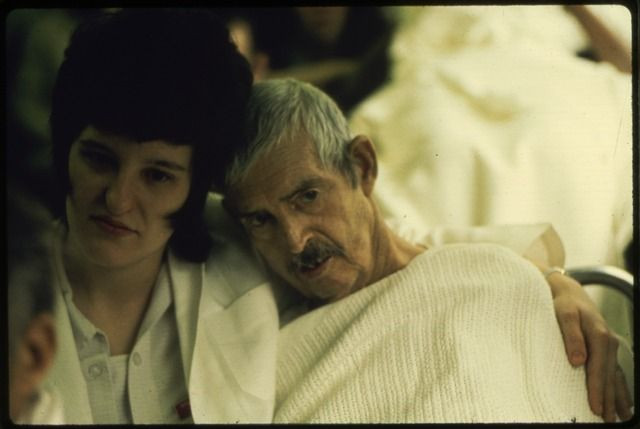New Risk Assessment Model Could Reduce Hospital Readmission Rates

Hospital readmission rates are unnervingly high in the United States. Studies show that almost one out of five Medicare patients are readmitted to the hospital within one month of their initial discharge, many for potentially avoidable reasons.
Such a high hospital readmission rate threatens patients' health and is expensive for the national healthcare system, incurring annual costs of $17 billion. Many hospitals face Medicare penalties for high readmission rates under the Affordable Care Act, and risk losing federal funding if they fail to curb spending.
A new model developed by researchers at Brigham and Women's Hospital (BWH) in Boston may help prevent these avoidable readmissions. The model helps healthcare providers assess which patients are at the greatest hospital readmission risk, and identify the steps that can keep those patients healthy enough to avoid returning to the hospital.
"The strength of this model is its simplicity," said Dr. Jacques Donzé, a research associate at BWH and co-creator of the model, in a statement.
"We have identified seven important variables that a physician can easily run through at a patient's bedside prior to discharge."
Those variables, which are readily available from administrative and clinical healthcare data, include:
- Hemoglobin level at discharge
- Sodium level at discharge
- Whether or not the patient is being discharged from an oncology (cancer) service
- Whether or not non-surgical patients had a procedure during their hospital stay
- Whether or not the hospital admission was elective
- The number of times the patient has been admitted to the hospital over the last year
- The length of the patient's hospital stay
The more of these risk factors a patient has, the greater the risk of hospital readmission.
The BWH researchers identified the variables over the course of three years of research, using a sample of all patient discharges between July 2009 and June 2010. They found that of 2398 hospital discharges that were followed by a readmission within 30 days, 8.5 percent of the readmissions were potentially avoidable.
Donzé suggests that if a patient has enough of the seven risk factors, healthcare providers can reduce the high risk for hospital readmission with interventions like a visiting nurse or follow-ups with a "transition coach."
Assessing hospital readmission risk is a tricky business- the BWH researchers expect their model to help avoid preventable readmissions, but admit that no prediction method will be perfect.
"This model can be a valuable tool in the national effort to reduce health care costs and improve the quality of care," said Dr. Jeffrey Schnipper, the clinical research director for the BWH hospitalist service and co-creator of the model.
"Identifying patients who at least have the potential to benefit from more intensive transitional interventions is an important first step in reducing hospital readmissions."
Thus far, the team's risk assessment model has only been validated at BWH. A validation study is currently underway at several international sites.
The model was published in the online edition of the journal JAMA Internal Medicine on March 25, 2013.



























